On it’s surface, it sounds awfully inviting. Plastic surgery in a doctor’s more ‘personal’ office operating room, with an option of being awake and lucid throughout the operation so you can interact with your doctor before, during and after the procedure. But, as they say on TV, “Wait, there’s more…”
The “Awake” Plastic Surgery Procedure. Well marketed. Inviting. Recommended?
The Awake procedure is advertised as a cheaper and more medically advanced alternative to lipo — and, for those inclined, to abdominoplasty and breast enhancement, too. The price was right: Awake liposuction would cost only about $700 for each body part, versus about $3,000 for regular plastic surgery. The location also sounds appealing: in a doctor’s cozy office as opposed to an intimidating, “cold” outpatient surgical center or hospital. And maybe the best of all: the so-called Awake approach promises patients remain lucid and conscious throughout the operation, able to communicate with the doctor.
How do expert surgeons feel about the option to be awake?
Many Board Certified Surgeons Worry About the Promises from Awake Surgery
Unfortunately, the procedure may not have been designed to meet the patients’ needs, but rather the doctors’. “The reason for the ‘Awake’ portion of it has nothing to do with improving patient comfort,” says Joseph M. Gryskiewicz MD, of Minneapolis, the former chair of the emerging-trends committee of the American Society for Aesthetic Plastic Surgery (ASAPS). “It has to do with doctors not needing to involve an anesthesiologist.”
General anesthesia is expensive, and the specialists who provide it prefer to work in hospitals or clinics that have met high safety standards. Awake surgery has become a way for doctors who lack hospital privileges — but who want to cash in on the plastic surgery market — to exploit a loophole by performing the operations in the privacy of their offices.
A Plastic Surgery Channel Poll Reveals Skepticism of Awake Plastic Surgery Procedures
“The problem I have with awake surgery is that awake surgery has become almost branded by a certain group of surgeons who may or may not able to do this type of surgery in the hospital setting,” says board certified plastic surgeon Dr. Dustin Reid of Austin. “So they have to do it in an office setting and do it with local anesthesia and sedation.”
Those doctors polled agree:
- “Awake” surgeries can promise more than they can deliver
- Surgeries using general anesthesia provide the surgeon with undivided focus
- “Awake” plastic surgery procedures may short-change patients from getting longer-lasting results
As an example, Dr. Camille Cash – a board certified plastic surgeon from Houston – details why when it comes to a facelift procedure, an Awake procedure may lack the qualities that form a complete procedure. “If an Awake facelift means you’re only using a small amount of skin versus restoring the deeper structures, then you may not be getting the complete procedure,” she explains. “You may be getting sold short of the operation that you truly need.”
For Minor Procedures, Awake Plastic Surgery Can Be Acceptable
While in general the Awake surgery seems to be a marketing ploy, there are scenarios that may not require general anesthesia. “I’m not a fan, but I’m not completely opposed,” says board certified plastic surgeon Dr. Ashley Gordon of Austin. “I think the way I approach facial rejuvenation… Typically [patients are] getting more surgery. We’re doing fat grafting, we’re doing their eyes at the same time. I think it’s just easier if they’re asleep if we’re not worried about them moving and being uncomfortable during the procedure. But if someone needs a tiny lift or a little bit of skin excision, then I think that’s OK.”
Ultimately, surgical procedures start and end with the patient’s safety in mind. Expert, board certified plastic surgeons do not sacrifice safety for anything. If a procedure can be performed effectively and safely while the patient is awake, then that is an option. If it cannot be, or if the procedure will be less effective than it might be if a patient was under general anesthesia in an operating room, then that is a problem.
“I want to focus on doing an excellent surgery for you,” says Dr. Reid. “I want someone else in the room – another doctor, an anesthesiologist – making sure that you’re safe, comfortable, and still so I can do what I’m great at.”

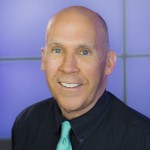
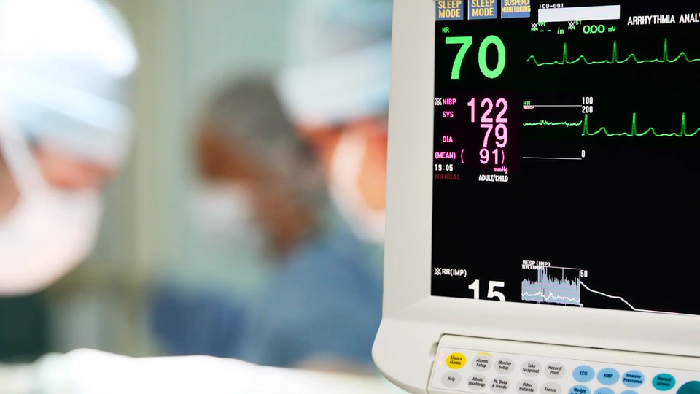

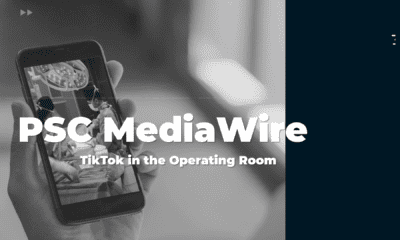


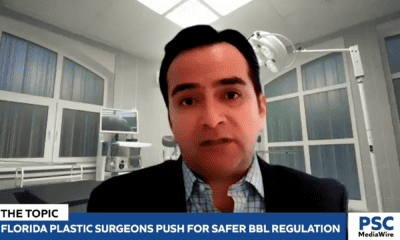
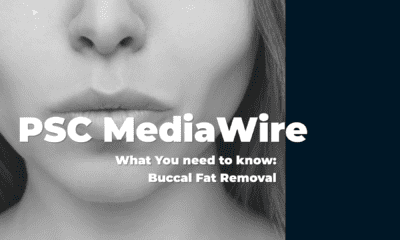








Facebook
Twitter
Instagram
YouTube
RSS